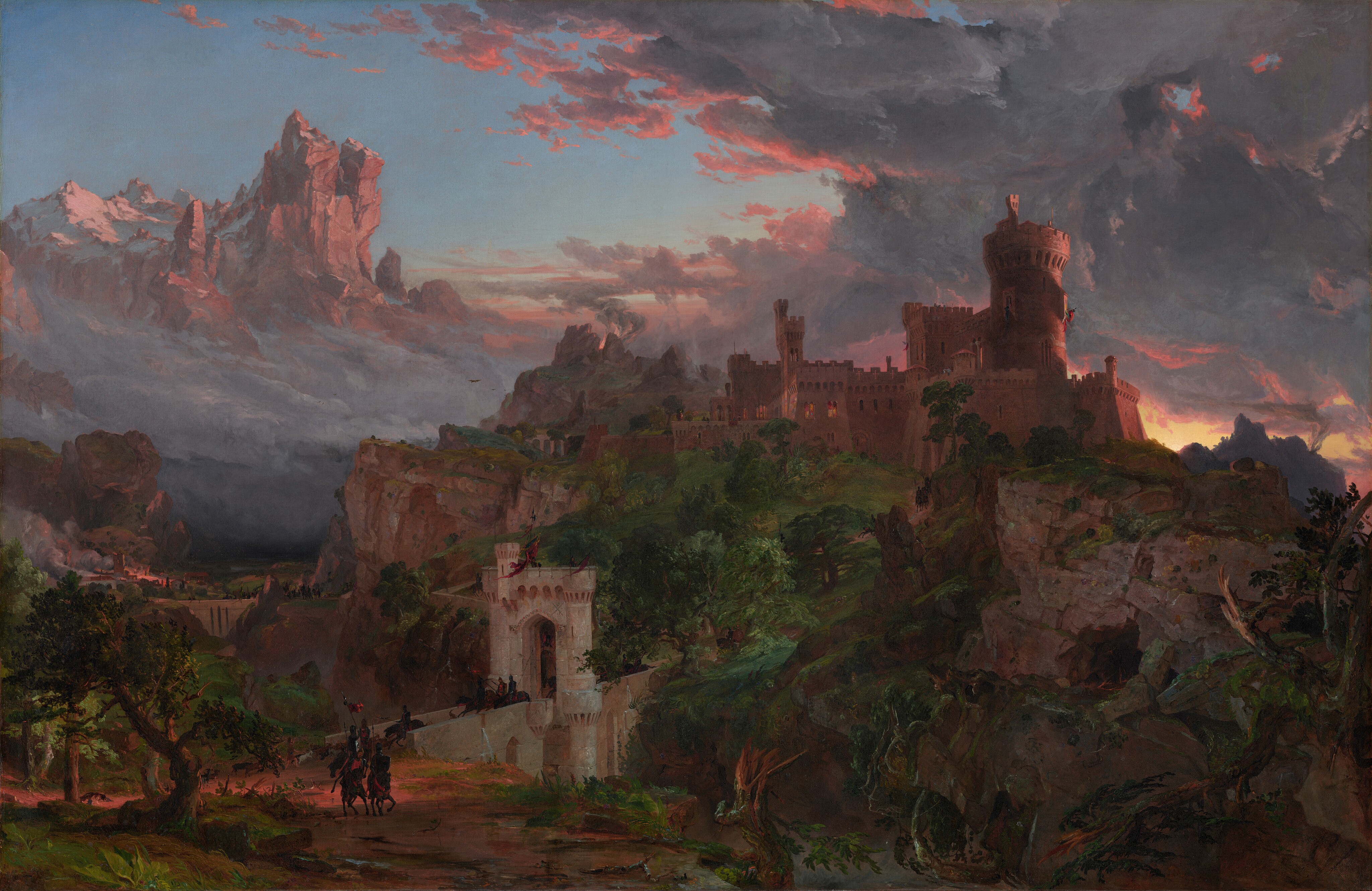Faespeak
Yes, faeries talk in riddles, that much is true. However, they aren't attempting to trick you, it's simply how their language is structured. They are looking at the meaning of the faeries just as much as you are.
Likely one of the oldest languages on the Continent, and by a large margin, Faespeak is the language of Faeries and Pixies, other small sprites, and is heavily tied to the Sylvan languages of the Elves. It is impossible to learn for the average person, as the Fair Folk speak in sounds that humans cannot parse. The rushing of wind, and hissing of the rivers flow. Elves, to this day, maintain an inherent connection with the language, and even if they can't understand it fluently they have a natural understanding of much of what is being said, if perhaps a rough translation.
It is said that the Sylvan languages, while having an actual grammatical structure, maintain much of the "meaning derived by feeling" understanding of Faespeak, causing it to also be full of referential sentences and idioms that pull their meaning from ancient events witnessed by the Fair Folk themselves. To truly understand it past surface meaning requires an academics approach and mindset, and a lifespan longer than a human can manage.
Writing System
There is no written form of Faespeak, but the closest approximation would be directly translating it into a Sylvan language, the older the better. While it wouldn't translate the structure well at all, one can't really translate the Fae's mode of speaking into plain text very well, it would transcribe the literal meaning. From there, it's more symbolic meaning can be discerned by those in the know, and thus the true meaning of the Fae.



Comments